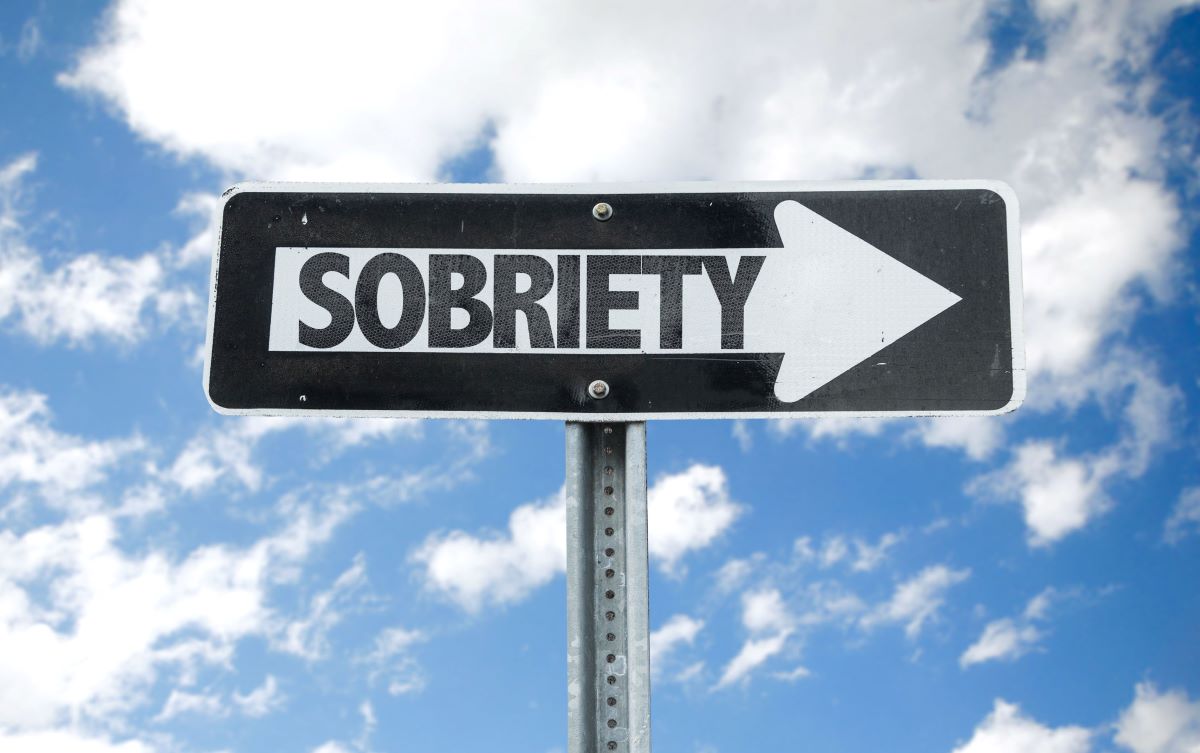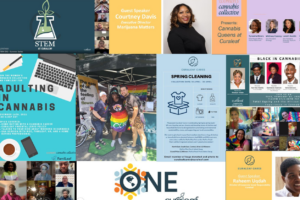At the intersection of mental health and substance abuse, organizations emphasize sobriety culture
Pandemic-induced mental-health issues lead to a rise in substance abuse among workers.

As organizations continue to navigate the fallout from COVID-19 on employees, another issue tied to mental health is on the rise: Substance abuse.
A recent study by RAND, the nonprofit research organization, found alcohol consumption in the U.S. has increased significantly. It saw a 14% increase in overall alcohol consumption between 2019 and 2020 in adults over the age of 30. But more discouraging was a 41% increase in heavy drinking among women.
Industries such as hospitality, medical and entertainment were already struggling with substance abuse and addiction. But the pandemic’s mental-health toll has taken the issue to a new level across industries. A CDC survey from August showed anxiety and depression were three times higher than pre-pandemic numbers, and 13.3% of respondents reported they had started or increased substance abuse as a result.
“The primary link is that when you have one, you often have the other,” says Cheryl Brown Merriwether, executive director of the International Center for Addiction and Recovery Education (ICARE). “Individuals struggling with mental health issues will often also use substances or alcohol to compensate for the pain they’re experiencing emotionally.”

The good news is that many organizations already have EAPs and mental-health support to help their employees. The next step is communicating the benefits to employees and removing the stigma within the culture. “Many companies feel good about the level of services they provide through their benefit programs, but at the same time, many employees don’t see those benefits or know if they exist or not,” Brown Merriwether says. “That’s the greatest opportunity for the returning workforce—to know that their employer openly communicates about these issues with them. That’s a function of leadership and the workplace culture.”
One company expands benefits
MW Cold, a cold-storage warehouse in Indianapolis that employs around 100 workers, some of them former inmates, is doing just that.“We believe in taking care of the whole person,” says CEO Tyler Carlson. “To us, that means being aware of the needs of our population. Mental health and addiction are at the forefront of our minds.”

Substance abuse was already an issue at MW Cold before the pandemic. But it noticed an uptick in mental-health issues last year and decided to expand its services. The company’s EAP is tied to its disability program, so members who are enrolled in the healthcare benefit can access addiction help. But the company also contracted with a telehealth provider, Preventia, to offer mental-health services virtually, and opened it to all employees, regardless of enrollment. Carlson says his employees can now get care when and where they need it.
“We’ve made wellness part of our culture,” says Carlson. “We know that everyone is different, and we try to find solutions that are easy and accessible for everyone, regardless of their personal situation.”
The cost of the program falls within MW Cold’s health-care budget. It uses the savings to incentivize employees. The cost of the preventative program is less than $150 per employee, while a 12-visit recovery coaching program averages $1,000 per employee. Carlson says this is all less than an emergency-room visit, and the company sees reduced risk of injuries, higher engagement, and fewer absences as a result.
To ensure employees are aware of the benefit and use it, the company openly talks about mental health and encourages team members to speak up when they need help. It communicates the programs through flyers, meetings, and push notifications via a Preventia app. Breakroom televisions also share rotating information about the program.
On average, 30% of employees at MW Cold are using the telehealth benefit. Carlson says his employees are more engaged with the virtual option, which coincides with studies showing employees feel less stigma using online assistance rather than in-person care.

Sobriety as an inclusion issue
Across the U.S. workforce, substance abuse costs companies $81 billion annually due to lost productivity, high absenteeism and turnover rates, theft, and sick time. Some 70% of individuals who struggle with substance abuse are employed either part or full-time, says the NET Institute’s Brown Merriwether.
She says it’s time for sobriety to become a part of workplace culture, so “happy hours” don’t exclude employees struggling with alcohol abuse. “I would love to see the workforce create an ERG around some of these issues,” she says. With so many people affected by the issue, and with ERGs well-established in companies across the country, Brown Merriwether sees an opportunity for inclusion. “People are familiar with the traditional, but they’re looking for something new and innovative,” she says. “I see the opportunity, and there are companies that are beginning to try and move in that direction.”
Carlson hopes to make sobriety part of MW Cold’s culture in the future. “It will take time, but our goal is for our team members to live their best lives without the need for substance/alcohol.”
COMMENT
Ragan.com Daily Headlines
Tags: alcohol, benefits, culture, mental health, Substance abuse






